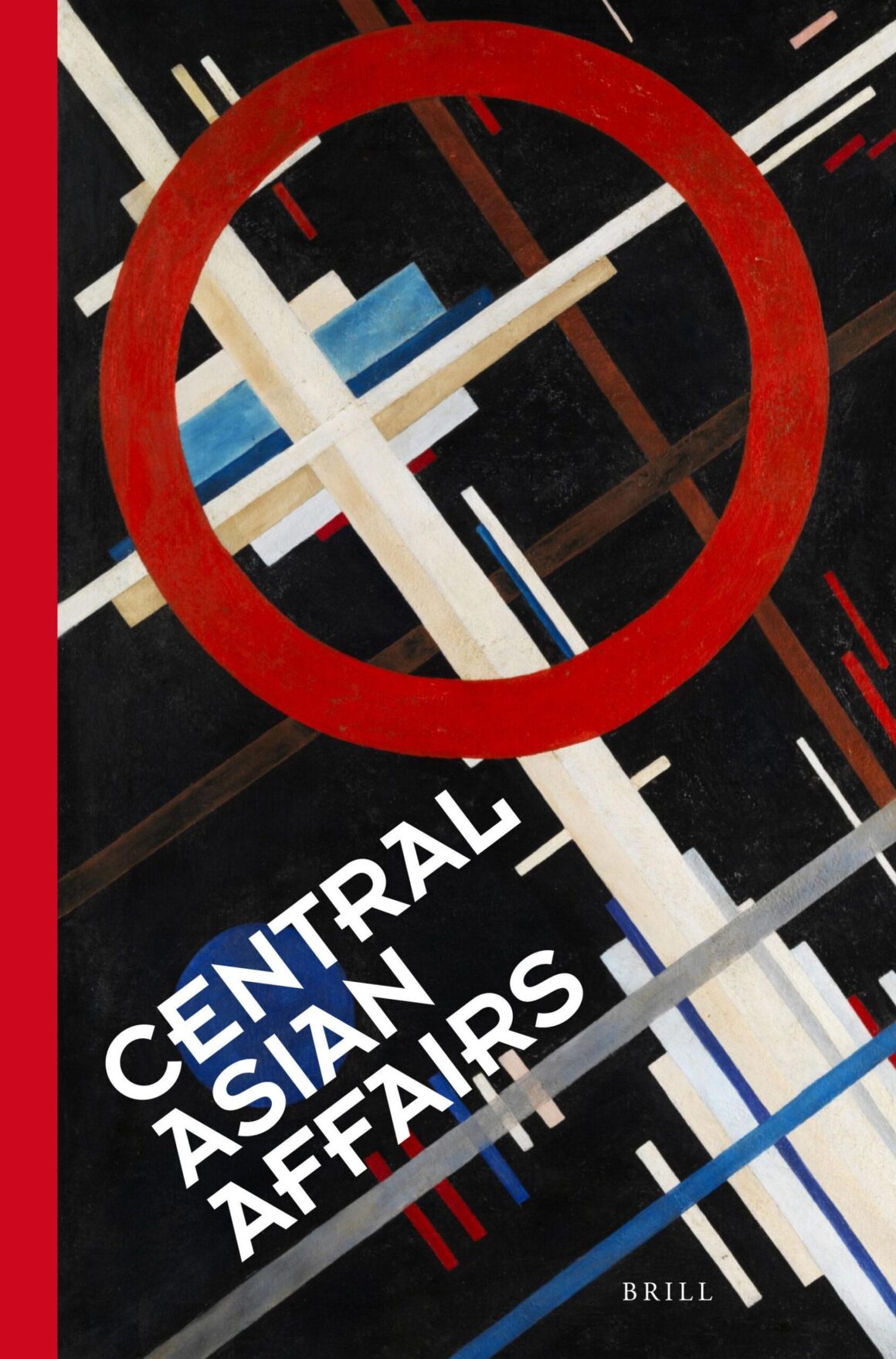
Central Asian Affairs is a peer-reviewed quarterly journal, ranked in Scopus and available in Open Access. It aims to feature innovative research on contemporary developments in the wider Central Asian region. Central Asian Affairs informs scholarly discourse on the region by drawing on a diverse array of disciplines including political science, sociology, anthropology, economics, development studies, and security studies.
Central Asian Affairs is committed to equity. We encourage authors to be sensitive to their own epistemic practices, including as reflected in their citations’ gender balance and representation of scholarship by authors from the country or countries under study.
Volume 9 (2022)
Volume 8 (2021)
Volume 7 (2020)
Volume 6 (2019)
Volume 5 (2018)
Volume 4 (2017)
Volume 3 (2016)
Volume 2 (2015)
Volume 1 (2014)
BOOK DISCUSSION
Morgan Y. Liu, Under Solomon’s Throne: Uzbek Visions of Re-newal in Osh
Table of ContentsEditorial Committee at GW
Editor-in-Chief: Diana Kudaibergenova
Managing Editor: Sebastien Peyrouse
Senior Editorial Associate: Marlene Laruelle
Associate Editors: Henry Hale, Sean Roberts, Cory Welt Cory Welt
Editorial Board
Alexander Cooley, Tow Professor, Barnard College, Columbia University, USA
Andrei Kazantsev, Director of the Analytical Center, MGIMO, Moscow, Russia
Antonio Giustozzi, London School of Economics, United Kingdom
Eric McGlinchey, Associate Professor, George Mason University, USA
Gardner Bovingdon, Assistant Professor, Indiana University Bloomington, USA
Meena Singh Roy, Senior Research Fellow, Institute for Defence Studies and Analyses, Delhi, India
Nargis Kassenova, Senior Fellow at the Davis Center for Russian and Eurasian Studies of Harvard University
Neil Melvin, SIPRI, Stockholm, Sweden
Nazif Shahrani, Professor, Indiana University Bloomington, USA
Pauline Jones Luong, Professor, Michigan University, USA
Sally Cummings, Professor, Saint Andrew University, United Kingdom
Simbal Khan, Senior Research Fellow, Institute for Strategic Studies, Islamabad, Pakistan
Tomohiko Uyama, Director, Slavic Research Center, Sapporo University, Japan
Zhao Huasheng, Director, Center for Central Eurasian Studies, Fudan University, Shanghai, P.R. China

